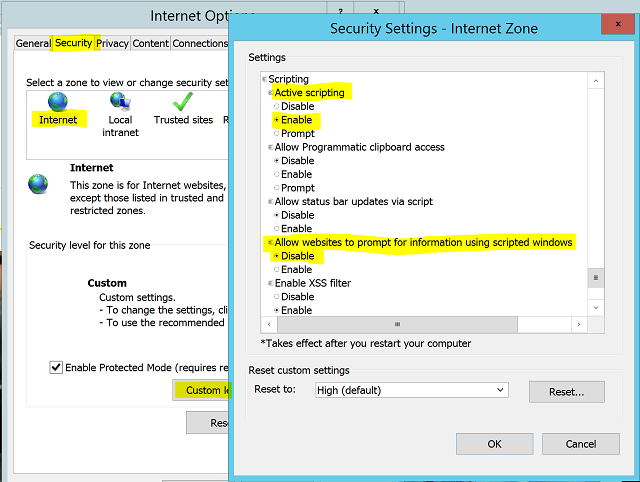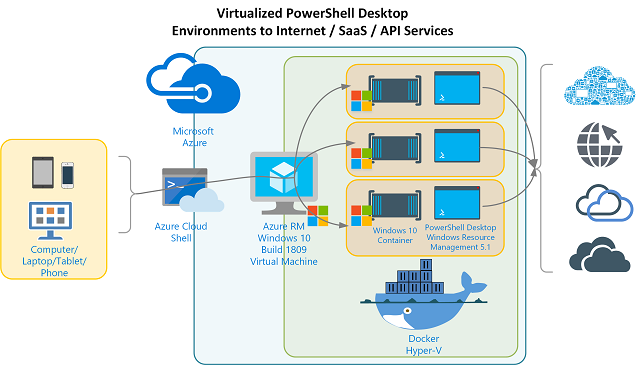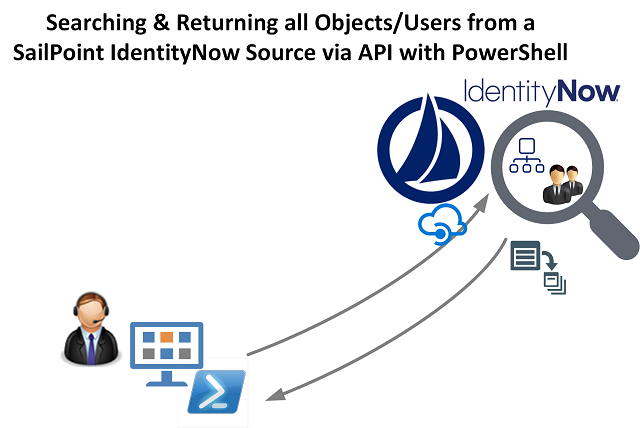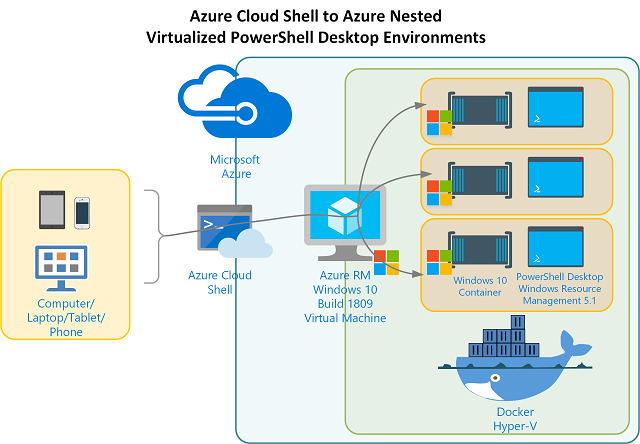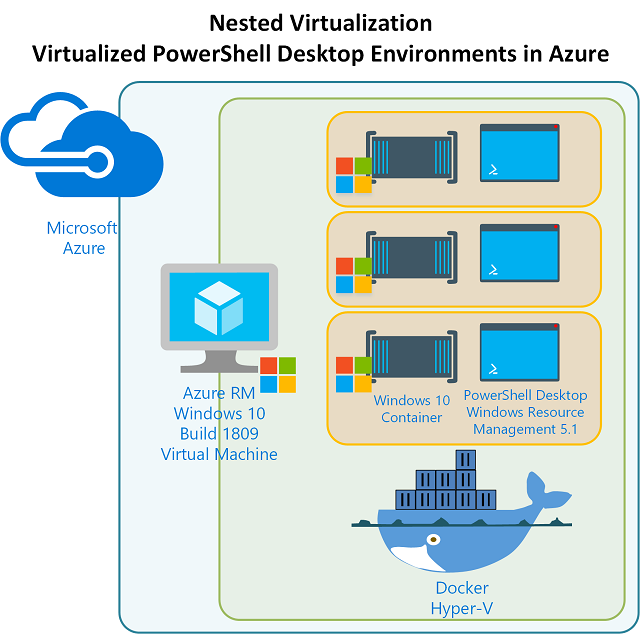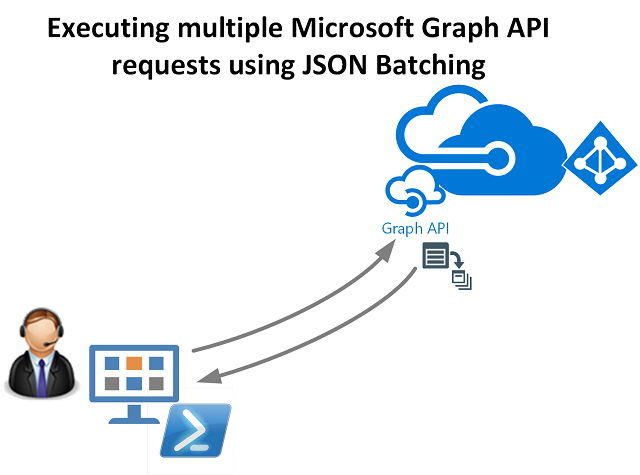
Batching Microsoft Graph API Requests with JSON Batching and PowerShell
Late in 2018 it came to my attention new functionality with the Microsoft Graph API for batching API requests into a single request. As I predominantly use PowerShell for scripting into Microsoft Graph parallel requests historically required extra functions to achieve something similar. Use of Invoke-Parallel for instance, that I’ve previously discussed in posts such as How to create an Azure Function App to Simultaneously Start|Stop all Virtual Machines in a Resource Group.
Fast forward to 2019 and I’ve been building a bunch of reports from Microsoft Graph that aggregate data from multiple API endpoints such as /users /auditLogs and /security .… [Keep reading] “Batching Microsoft Graph API Requests with JSON Batching and PowerShell”


